The 2,000,000th ceremony at KMZ.
The ceremony of releasing the 2,000,000th motorcycle at KMZ.
— at PJSC “Kyiv Motorcycle Plant”
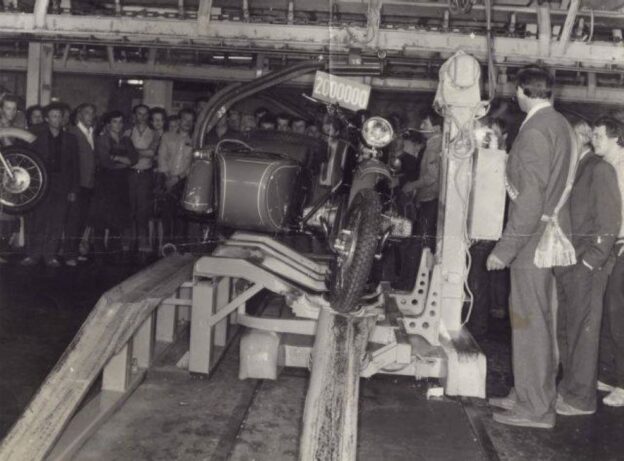


The 2,000,000th ceremony at KMZ.
The ceremony of releasing the 2,000,000th motorcycle at KMZ.
— at PJSC “Kyiv Motorcycle Plant”
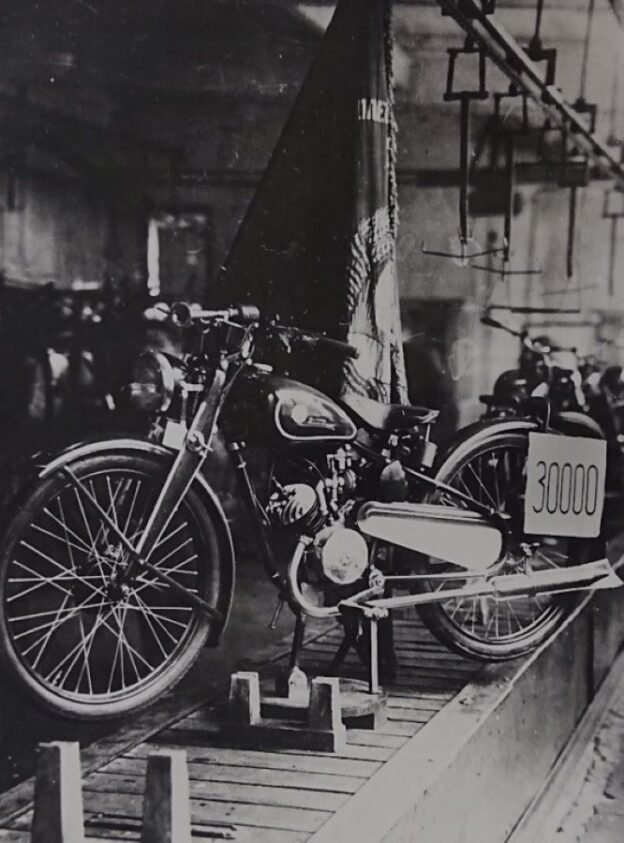
30000th KMZ K1B “Kievlyanin”. December 1951,
In total, KMZ for the period 1946-1951 produced 29065 K1B and K1D units, 50 K1S units, 10 K1G trucks, and for 1947-1952 19833 3-wheeled K1V. Production of this series of motorcycles ended in December 1951.
— at PJSC “Kyiv Motorcycle Plant”

Motorcyclists and Comrades of the Russian Empire celebrating Easter. Two motorcycle rear wheel stands helped in making of a table.
1914 or 1915 Indians. They’re both Hedstrom engines, so 1915 or earlier models, not 1916. It’s a time of the First World War, the photo could be taken at any time during WW1 after 1915. The Tsars collection of motorcycles was growing.
Vodka on Easter, a fine family tradition!
Nicholas II or Nikolai II Alexandrovich Romanov, known in the Russian Orthodox Church as Saint Nicholas the Passion-Bearer, was the last Emperor of Russia, King of Congress Poland and Grand Duke of Finland, ruling from 1 November 1894 until his abdication on 15 March 1917.
The tsar was a forward-thinking man, and was aware of the industrial revolution that would sweep all before it, and as Juris said, the motorcycles ALWAYS go first!
There are several accounts of what happened, and historians have not agreed on a solid, confirmed scope of events. You can do your own studies.
sources: Debbie Eyges, Barry Oliver, Vladimir Krutko, internet
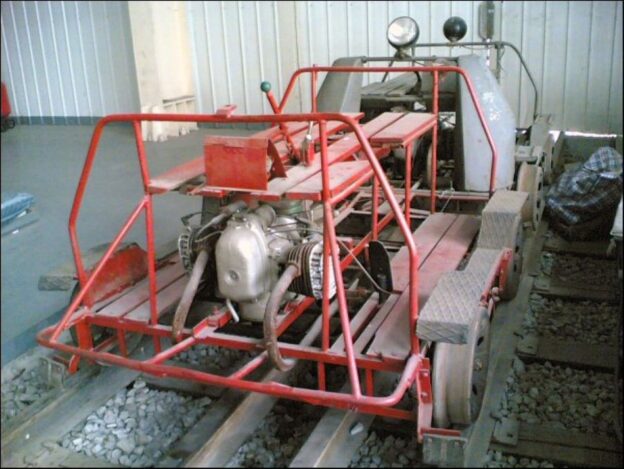
The engines were put to many uses, stationary engines such as water pumps, generator sets, and the like. Another use was the railcar, a so-called motorized “draisine”, a light auxiliary rail vehicle, driven by service personnel, equipped to transport crew and material necessary for the maintenance of railway infrastructure or for other purposes. Because of their low weight and small size, they can be put on and taken off the rails at any place, allowing trains to pass.

Victor Arbekov was a Russian Grand Prix motocross racer. He competed in the Motocross World Championships from 1963 to 1969. Victor Arbekov is notable for being the first Soviet competitor to win an FIM motocross world championship.
He was born 8 March 1942 in Podolsk, a city in Moscow Oblast. He first sat on a motorcycle when he was 10 years old. He began his career in Podolsk automotoclub DOSAAF, and at 14 years old for the first time participated in a race, just three years later in 1959 he became the Champion of the USSR in the class of 125 on a home-built machine.
He worked as a mechanic and his first top category race was in the 1963 Russian 250 cc Motocross Grand Prix.
In 1964, Arbekov finished the 250cc motocross world championship in third place behind Joël Robert (Belgium) and Torsten Hallman (Sweden). The following year, he defeated Robert to win the 1965 FIM 250cc motocross world championship, on a CZ motorcycle.
He also won 14 USSR motocross championships, and won 10 GPs, 9 in the 250 class and one in the 500 class.
Victor Arbekov died on 18 February 2017 at the age of 74.

A picture (there are more!) from the MOMU Motor Sports Museum archives of our earlier motocross – a real survival course compared to very fast rides on most of today’s hard tracks.
source: MOMU Motor Sports Museum, Сергей Пашацкий, Arno Sillat
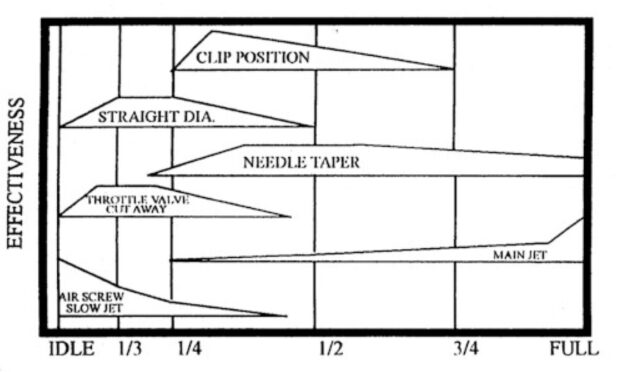
This image shows the various things a carburettor goes through from idle to full throttle.
The throttle slide cutouts are in particular important, as they govern the transition to main jet, often the cause of a hiccup.
Some people go the measure of smoothing the cutout.
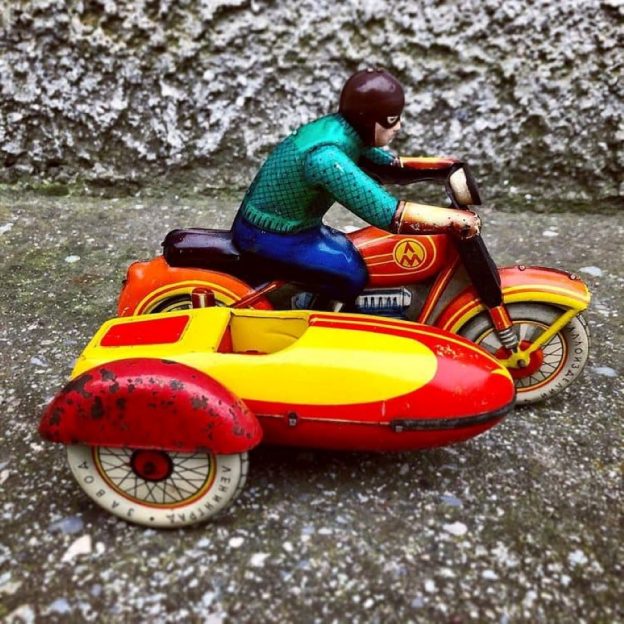
These little wind-up toys have become quite collectable, and often sell for an astounding price.
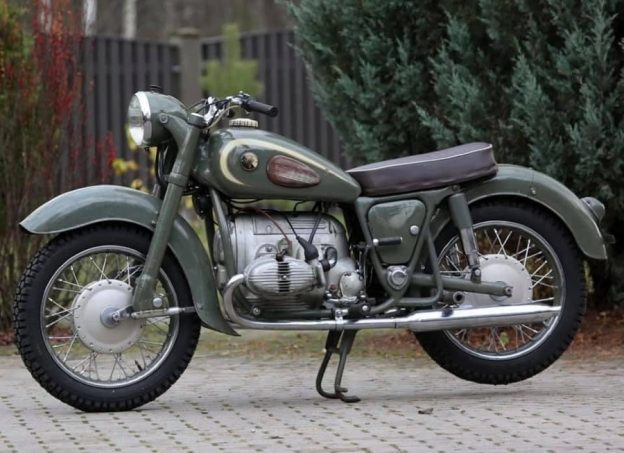
The rarest and most important motorcycle KMZ M-53.
Today (30/10/2022) I will show you the most mysterious and most significant model of the Kiev motor plant – the 500cc M-53. This motorcycle was developed by a team of KMZ designers under the leadership of M. A. Pozdnyakova in the mid-1950s and demonstrated a sharp deviation from the M-72 concept.
Alas, 500cc M-53 never went into series production, but many solutions of this motorcycle were implemented on M-72N, K-750, K-650 and defined the principled differences between Kiev motorcycles and Irbit motorcycles.
See the video for more details about this specimen. This is the debut of the M-53 in video format, before that we could only see rare photos of this model.
In this video, I’ll show you a real 1956 KMZ M-53 motorcycle from Alexey Popov’s collection. This is not a replica, but one of the few copies of the M-53 that were produced in those years. This is not just another experimental motorcycle. No, the M-53 actually determined the architecture of future KMZ motorcycles for many, many years. It was equipped with a 500cc overhead valve engine with a capacity of 28 hp, had a weight of 190 kg and only slightly surpassed the IZH in this parameter. The maximum speed of the M-53 was declared over 100 km/h, and the fuel consumption was about 4.5 l/100 km. But the KMZ M-53 did not go into series production.
But most of the decisions were subsequently implemented on the K-750, K-650 and even on the Dnieper-10-36.
Here is the bombshell! Very original and very beautiful and very stylish!
See the video!
#КМЗМ53 #КМЗМ72Н #КМЗК750
sources and with great thanks: Alexey Popov, Oleg Omelnytskiy OPPOZIT Мотоциклы Днепр
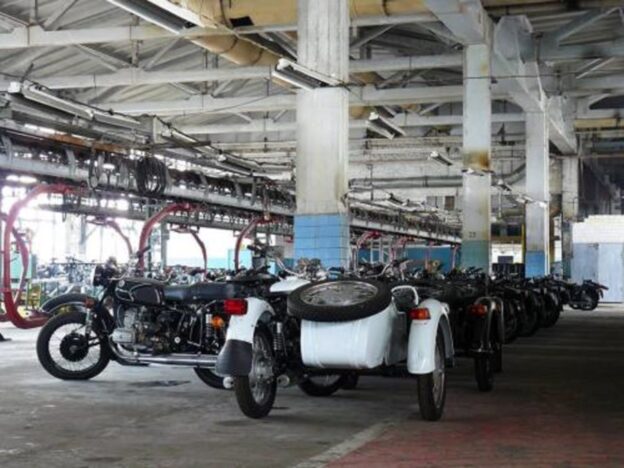
A glimpse of KMZ
photo source: Morihisa Ochi